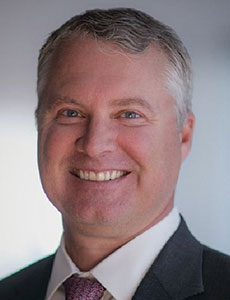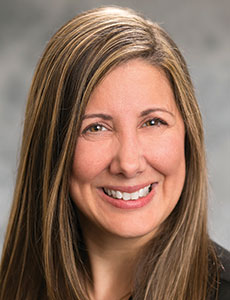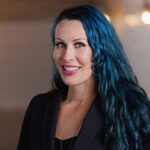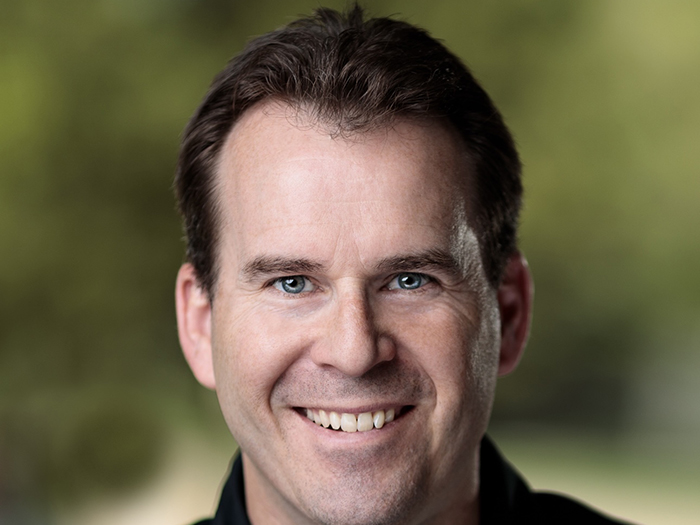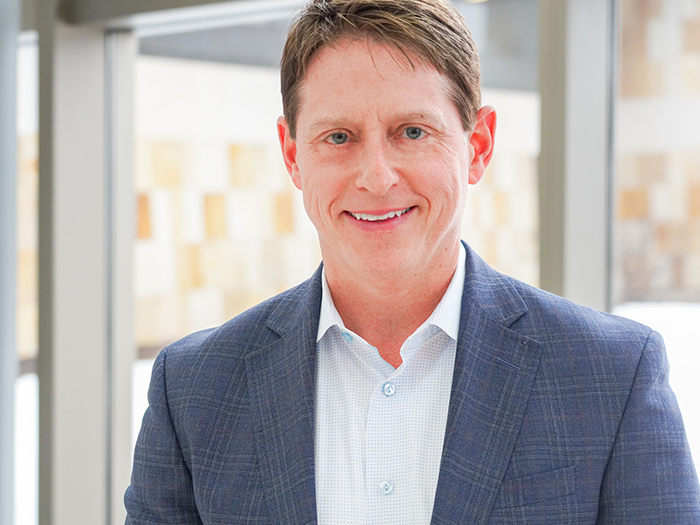How AI, Remote Work and Inflation Are Shaping the Future of Professional Lines

Head winds including social inflation, traditional inflation and business uncertainty assail many lines of insurance business. But so far, professional liability has avoided a hardening, or hard market.
Professional lines rates declined four percent globally in the second quarter of 2025, according to Marsh’s Global Insurance Market Index.
That encompasses everything from directors and officers’ (D&O) and employment practices liability to fiduciary liability and crime.
In the U.S., rates were flat after 11 consecutive quarters of declines as insurers have increasingly sought to achieve minimum premium levels higher than current pricing, with some opting out of renewals or reducing capacity altogether.
“We have been in an aggressively soft market for the last few years, but it seems to be stabilizing now,” said Paul Larson, president, financial lines for North America at Liberty Mutual. “There’s also more competition, with some carriers walking away from what they consider to be underpriced business.”
Professional Lines Challenges
The biggest challenge currently facing professional lines firms is social inflation. This continues to be driven by nuclear jury verdicts and inflated settlement expectations driving claims payments, while claims costs have also risen.
Consequently, claims severity has reached unprecedented levels. Responding to that, insurers have been reviewing their policy wordings and pricing accordingly.
Another key issue is the impact of the current volatility and trade tariffs on the global economy, with inflation, interest rates and unemployment all remaining relatively high. The fallout from that is companies focus less on proactive risk management and there are fewer resources to ensure regulatory compliance. Rather, they more aggressively try to grow their bottom line, which often results in increased claims activity.
“When people are under economic pressure, we see an increase in claim frequency and severity in all professional lines, including lawyers, accountants, consultants and finance professionals,” said Jill Salmon, head of professional liability lines, U.S. at Berkshire Hathaway Specialty Insurance. “With any economic volatility, we can expect heightened scrutiny of professionals. In these conditions, there is less willingness to avoid litigation and parties are not amenable to working out a business resolution. As a result, there are more claims and they take more time and money to resolve.”
A further risk has been created by the move to hybrid and remote work, with increasingly more professional errors creeping in due to a lack of engagement and oversight. As we depend more and more on technology, professional errors could increase.
“The workforce is less concerned about longevity with an employer and there is less hands-on training happening,” Salmon said. “While remote work is a great advantage, it makes it difficult to train less experienced employees how to react in unpredictable circumstances.”
Architects and Engineers Professional Liability Risks
One area that has been adversely impacted by rising claims costs is architects and engineers professional liability, with the cost of building materials more than tripling since 2016, according to the U.S. Bureau of Labor Statistics. The cost of repairs necessitated by negligent design on a given project are also dramatically higher than 10 years ago.
“Brokers should be communicating with clients about the adequacy of clients’ professional liability limits and the opportunity to offset much of the cost by retaining additional risk, thereby increasing the incentive to engage in proactive risk management,” said Darren Black, national architects and engineers practice leader at Risk Strategies.
AI Risk
Many companies have already invested billions in artificial intelligence (AI) capabilities. While some are realizing the technology’s rewards, given its relative infancy, many of the risks associated with it are just being discovered.
As a result, professional liability insurance providers are being hit with a wave of new claims, with insureds filing lawsuits alleging AI bias or incompetence. Specifically, within employment practices liability there is also the impact of AI on jobs, while the technology is also being used by cyber criminals to perpetrate social engineering of companies and individuals. In response, insurers have been re-evaluating their coverage and pricing, changing their terms and conditions, and adding exclusions accordingly.
“AI is the hot topic right now,” Larson said. “That means determining how companies are using it, the guidelines and infrastructure, if any, they have built around it, and how they are monitoring the quality control of the AI outputs, as well as the return on investment they are getting from it.”
“We can easily foresee bias and intellectual property issues, as well as inaccuracies in generated content that are relied upon in the performance of services. Of course, it is a risk that is not yet evident that should be most concerning,” Salmon added.
“We can expect an increase in complexity and cost of professional liability claims, certainly in the short term. It is not yet clearly determined where liability sits for AI-related claims. Does responsibility lie with the AI vendor, the employer or the individual? The regulators and courts will need to work through these legal issues. Until then, underwriters will have to accept some level of uncertainty.”
As far as architects and engineers professional liability is concerned, Black said that the main risks are hallucinations, data privacy and confidentiality, all of which can be minimized with appropriate diligence, oversight and robust quality assurance and control. However, he added that there are also larger enterprise risks associated with the evolution of the design process enabled by AI.
“If there was an error, or a decision made that one might later regret (emphasizing cost over schedule or aesthetics, for example), the design itself will document the history of the design process, and the risk will have changed with greater understanding of how the design will perform,” Black said. “This is likely to be seen as new territory in terms of assigning liability after the fact.”
A measure of the professional lines market’s success is how quickly it can respond to these ever-evolving and emerging risks. By being agile and strategically aggressive, through the use of technology, it can anticipate and head off or, at least, mitigate many of these threats at the earliest opportunity.
“It is important that we take a measured approach in crafting new coverage grants and exclusions as these new exposures evolve over time,” Salmon said. “Ideally, the market should be identifying and addressing exposures as they develop rather than taking a reactive approach which, as a result of being too late, is often too extreme.”
To address these issues, innovation is key. AI itself is driving much of this, through the technology being deployed, for example, to speed up and make the quotation process more efficient, to handle more submissions or to identify fraudulent claims.
“There is a very real need for product innovation in our space,” Salmon said. “Given the current state of uncertainty in the economy, in the regulatory environment, and the swift pace of technological advancement, it is critical. However, the uncertainty makes our task challenging. It is incumbent upon our industry to get ahead of these issues and provide solutions for insurance buyers.” &

